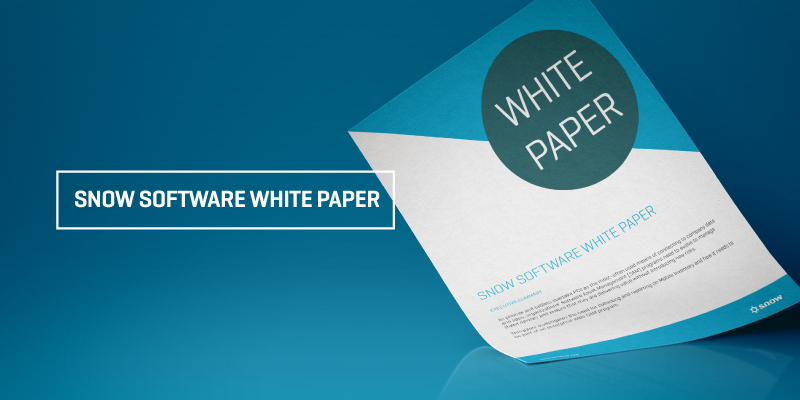
Service Management and Software Asset Management are strange bedfellows. In some organizations, the two are kept entirely apart from one another in siloes, whilst in other situations they are seen as synonymous and often confused with each other.
If these two views represent the extremes of the spectrum, then the ideal solution lies somewhere in the middle – IT Service Management (ITSM) has a lot to gain from effective Software Asset Management (SAM) and vice versa.
This paper highlights how SAM is both a) a separate business requirement with its own solutions and processes, and b) how those processes can play an important part in increasing the effectiveness of the ITSM function across the enterprise.
